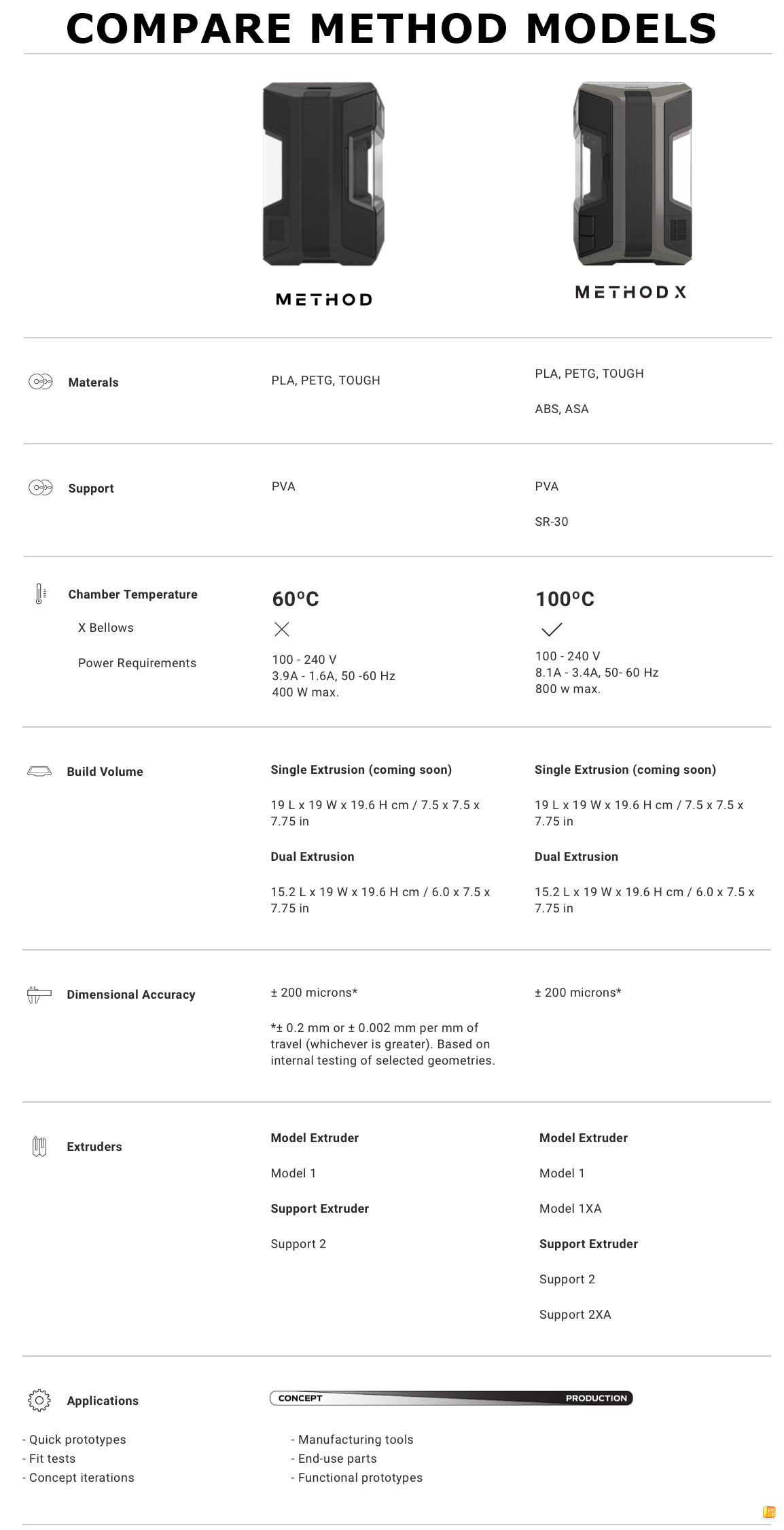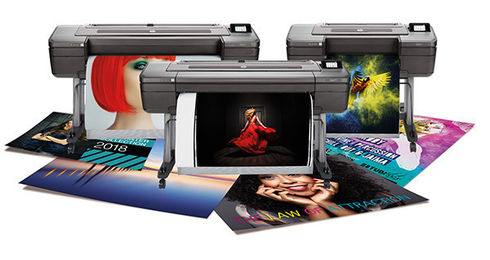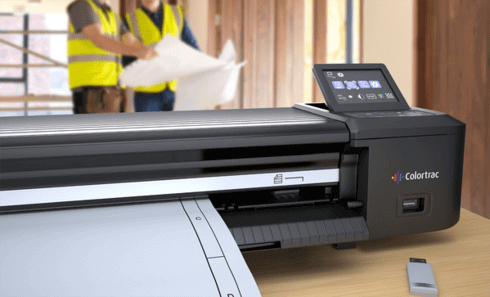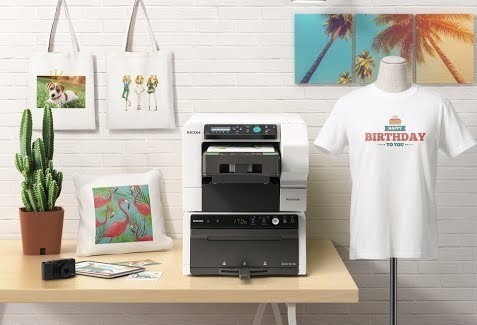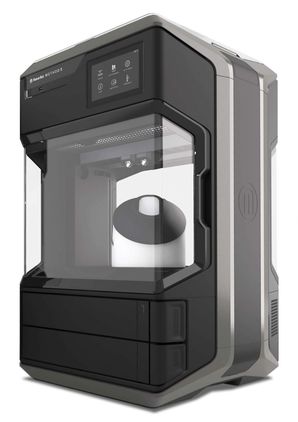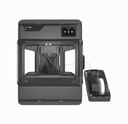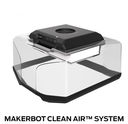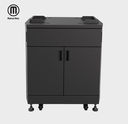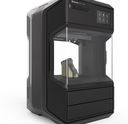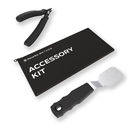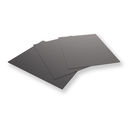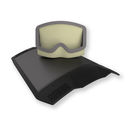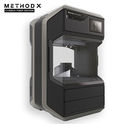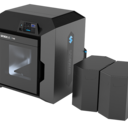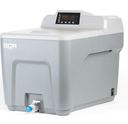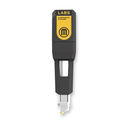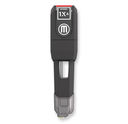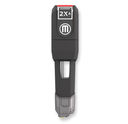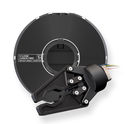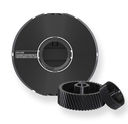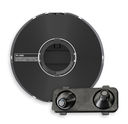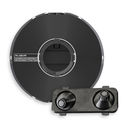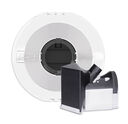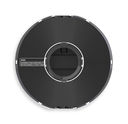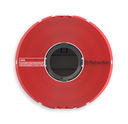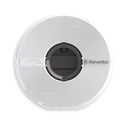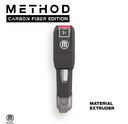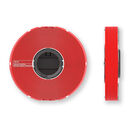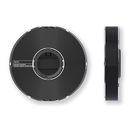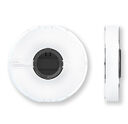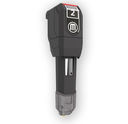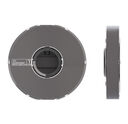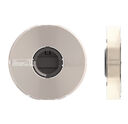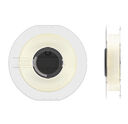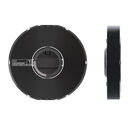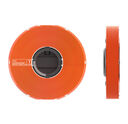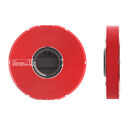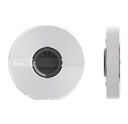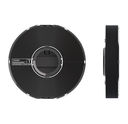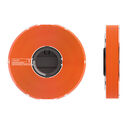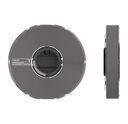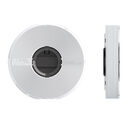- CAD Plotters
- Wide-Format Photo, Fine Art & Graphic Printers
- HP Latex, Outdoor, Signage, Wall Paper Printers & Cutters
- Wide Format Ink & Media Supplies
- Multi Functional Printers & Plan Copiers
- Large Format Scanners
- Finishing - Large Format Paper Folders, Trimmers, XY Cutters & Laminating
- Canon A4 and A3 Copier Paper
- Canvas, Stretcher Bars & Laminate
- Fabric Printers
- 3D Printers
- Autodesk Subscription & HP CAD Workstations
- Colour Management & RIP Software
- Plotter Warranties
- Storage & Filing Systems
- OFFERS
Why use plot-IT?
- Est since 1965
- Group turnover - £15 million
- 5 UK offices with over 100 staff
- HP Designjet Warranty Provider
- Autodesk Gold reseller
- Canon Elite Partner
- Stratasys - Gold Partner
UltiMaker Method X 3D Printer (900-0002A)
-
Description
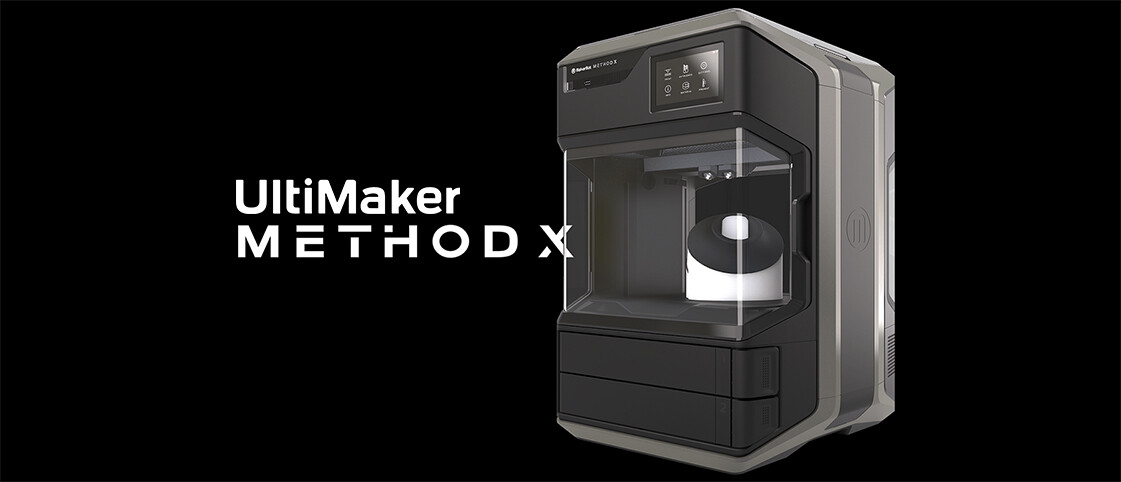
UltiMaker METHOD X 3D printer extends the capibility of the standard METHOD 3D printers with the addition of Real ABS - PRINT REAL, PRODUCTION-GRADE ABS WITH A 100°C CHAMBER.
Print real, production-grade ABS at 100°C with no warping or cracking supported by Stratasys® SR-30 soluble material for unlimited geometric freedom. UltiMaker ABS for METHOD is capable of withstanding 15°C higher temperatures, is 26% more rigid, and 12% stronger than modified ABS material formulations for alternative desktop 3D printers - features normally associated with industrial 3D, offering uncompromised Layer adhesion & part strength thanks to the Circulating Heated Chamber developed using Patented Stratasys technology which bridges the gap between industrial & Desktop 3D Printing.Control the temperature and quality of every layer - not just the first. While heated build plates are effective at reducing warping, Method takes this further with full active heat immersion during the entire duration of the print.
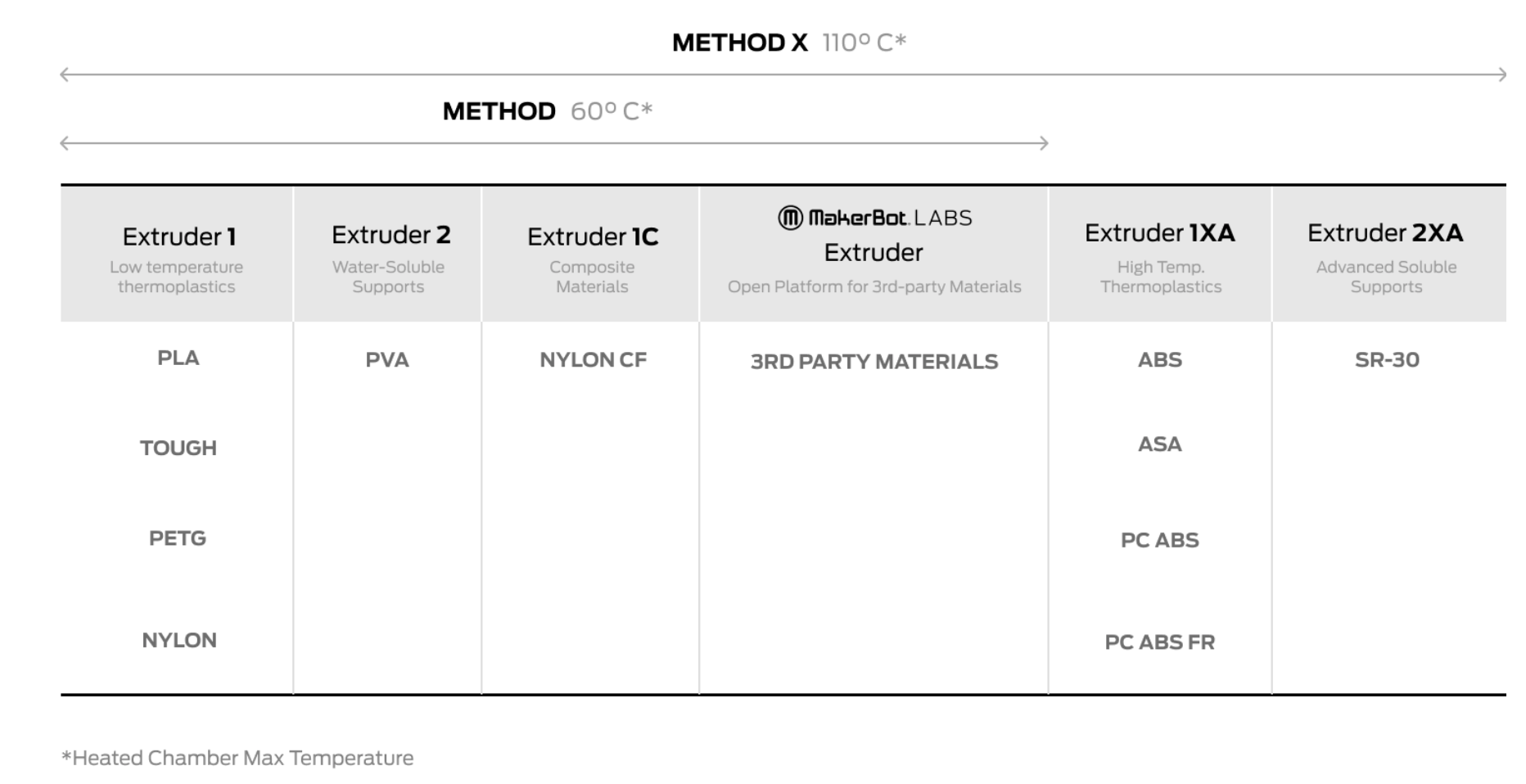
Ultra-Rigid Metal Frame Construction
The structurally-optimized metal frame runs the full length of the body to offset flexing. and with Less flexing you achieve more consistent prints with better part accuracy & fewer failures.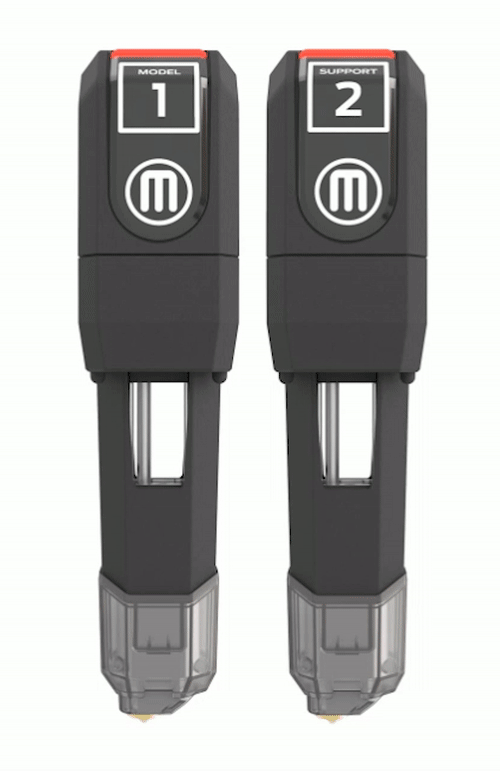
Dual Performance Extruders 1XA 2XA
Dual Performance Extruder system to accelerate print times & provide dimensional accuracy. These differ from standard method extruders (which can also be used in METHOD X for extended material use, 1XA & 2XA will not work with the standard METHOD 3D Printer)Smart sensors for material management & print protectionThe Performance Extruder contains a suite of sensors that detect when material is running low & allows for active jam detection during the entire print duration.Greater torque with a 19:1 dual-drive gear ratioA 19:1 dual-drive gear ratio keeps material loaded and ready for reliable material extrusion at every layer.Lengthened thermal core less than 60 second heat up timeA lengthened thermal core and a fast start up time ensure that materials are ready to go when your ideas are.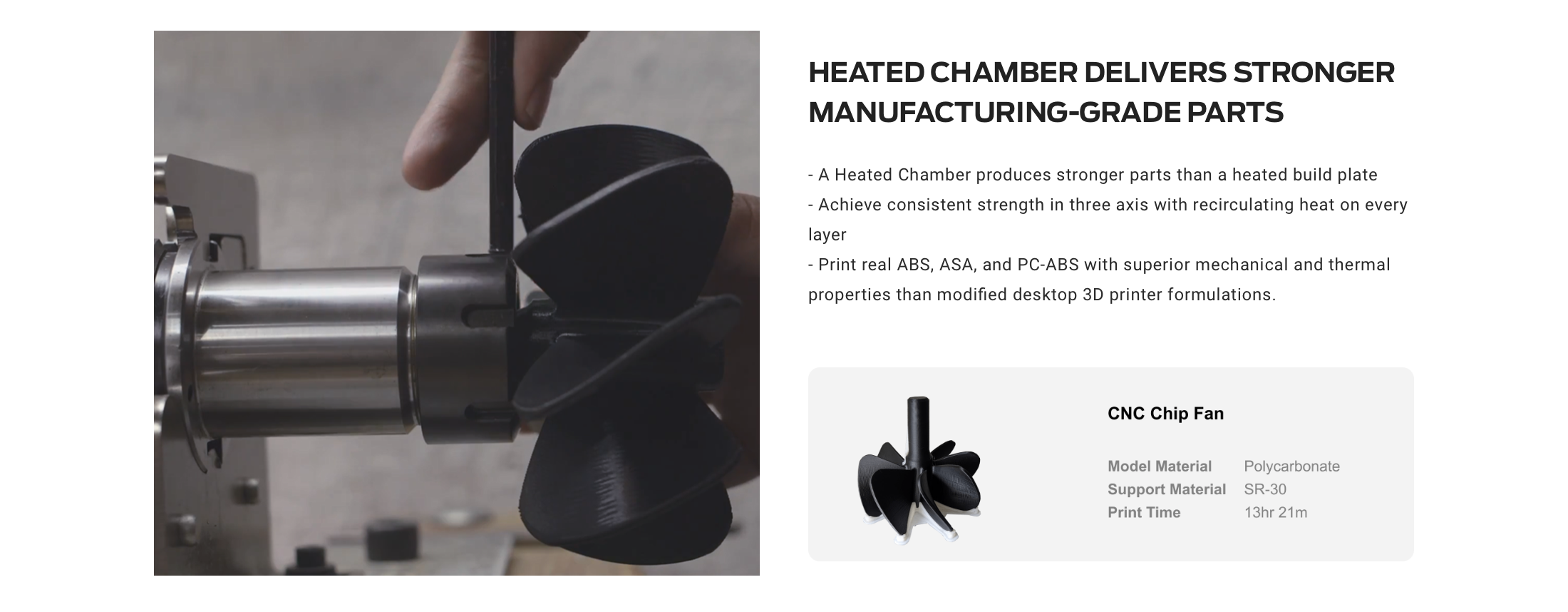
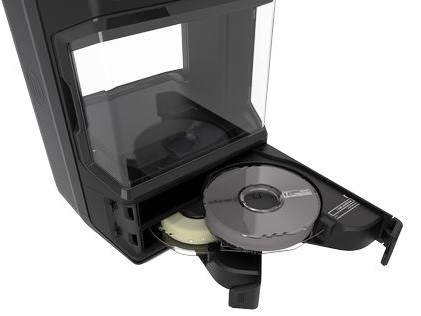 Optimised Material Storage
Optimised Material StorageDry-Sealed Material Bays form a near-perfect seal to keep material free of damaging humidity. A suite of built-in sensors provides that your material is stored in its optimal environment.
Smart Spool provides valuable information including material type, colour & amount remaining via RFID chip directly to MakerBot Print, while a built-in desiccant absorbs any moisture exposure during the material loading process. In addition to ABS you can also utilise all the standard METHOD materials......
-
METHOD X FAQ's
METHOD X | Frequently Asked QuestionsHow is the ABS used on METHOD different from desktop 3D printer ABS?Due to its high shrinkage rates, ABS requires supplemental heating to reduce part warp when 3D printed. Industrial and professional-grade 3D printers employ a fully-enclosed heated chamber. Desktop 3D printers use a heated build plate but not a heated chamber, the heated build plate does a good job to keep the part’s bottom layers hot and prevent the part from detaching from the build surface; however, parts effectively print at lower temperatures because heat from the build plate cannot reach the printing layer. This can result in warp, delamination, cracking and part distortion.Most desktop 3D printer manufacturers attempt to get around this by altering their ABS formulations with impact modifiers. These modifications result in a material less prone to warp, but at the expense of other thermal and mechanical properties. The result is a material, and 3D printed parts such as functional prototypes, that differ significantly in performance from the final injection-molded parts. Internal MakerBot and Stratasys testing shows significant differences between UltiMaker METHOD X’s ABS and other leading Desktop 3D printer ABS including superior heat deflection temperature, tensile modulus and tensile strength.What’s the difference between METHOD and METHOD X?METHOD and METHOD X are the two variants within the METHOD series of 3D printers. Both printers offer measurable and repeatable dimensional accuracy (±0.2mm / ±0.007in) that is on par with entry-level industrial 3D printers and different from desktop 3D printers. Both printers can print UltiMaker Tough, PLA, PVA, PETG while METHOD X can also print real ABS with SR-30 soluble support material due to its higher max chamber temperature (100°C).Can I print all the METHOD materials on METHOD X?Yes. METHOD X will be able to print the full range of METHOD family materials (Tough, PLA, PVA, PETG, etc.) Printing some or all of these materials may require the purchase of additional extruders from plot-IT which are not included with the printer. the printer as standard is shipped with 1XA & 2XA extrudersWhat is the maximum chamber temperature of METHOD X?100°C.What are the applications for METHOD X?The material properties of ABS combined with the dimensional accuracy of METHOD are ideal for end use parts, manufacturing aids, and functional prototypes.What other materials are planned for METHOD X?Materials are a strategic priority for UltiMaker and they will be launching additional ones for METHOD soon. We can’t, however, comment on unreleased products.How is SR-30 different from PVA?PVA is water-soluble while SR-30 requires a solving agent called Ecoworks. SR-30 is a proprietary Stratasys material made from some of the same ingredients as ABS and therefore offers superior bonding qualities, resulting in better quality and more reliable prints.Will I need any other complimentary equipment?We suggest that a dedicated washtank is incorporated in to your Method X 3D Printing solution to remove and dispose of the SR-30 soluble support material, this will ensure the integrity of your 3D prints and make them ready for use in the most effective way. The standard recommended accessory is the Stratasys SCA-1200 which can be bundled with your purchase.
How does Method ABS compare to injection moulded ABS?Method ABS (similar to Stratasys ABS) is nearly identical to injection moulded ABS. By comparison, the “ABS” used by most desktop 3D printing companies relies heavily on modifiers that allow for easier printing without the need for a heated build chamber – these modifiers reduce performance characteristics in strength, heat deflection, etc.What happens if you run ABS on the METHOD, not the METHOD X?The 1XA Model and 2XA Support extruders required to print ABS are not compatible with METHOD – the printer’s interface will notify the user of this. METHOD and the Model 1 extruder is unable to reach the required temperatures to print real ABS (ABS without modifiers). -
3D Printing with Metal
METHOD 3D PRINTERS NOW SUPPORT BASF FORWARD AM ULTRAFUSE 316L STAINLESS STEEL COMPOSITE MATERIAL!
Users can explore printing rigid 316L stainless steel parts for industrial applications alongside advanced engineering polymers and composites on METHOD with the MakerBot LABS Experimental Extruder.
UltiMaker have announced that the BASF Ultrafuse® 316L Stainless Steel material by Forward AM has been qualified for the UltiMaker LABS™ Experimental Extruder¹ for the UltiMaker METHOD® 3D printers.
With an open materials platform and a growing portfolio of advanced engineering-grade materials, METHOD is now the only industrial desktop 3D printer in its price-class with a heated chamber that can print polymer, composite, and metal materials.

Ultrafuse® 316L Stainless Steel material combines high strength, rigidity and durability needed for a range of applications including functional prototypes and manufacturing tools. Available using the UltiMaker LABS GEN 2 Experimental Extruder, this metal-polymer composite material provides METHOD users with an accessible and cost-effective option to experiment with metal 3D printing applications without making the significant investment typically needed for a dedicated metal 3D printing solution. 3D printing stainless steel parts can also shorten the time it takes to produce parts, further reducing operational costs compared to traditional methods. METHOD’s heated chamber and ability to control the speed at which a part cools down during the printing process can also help reduce the risk of delamination.
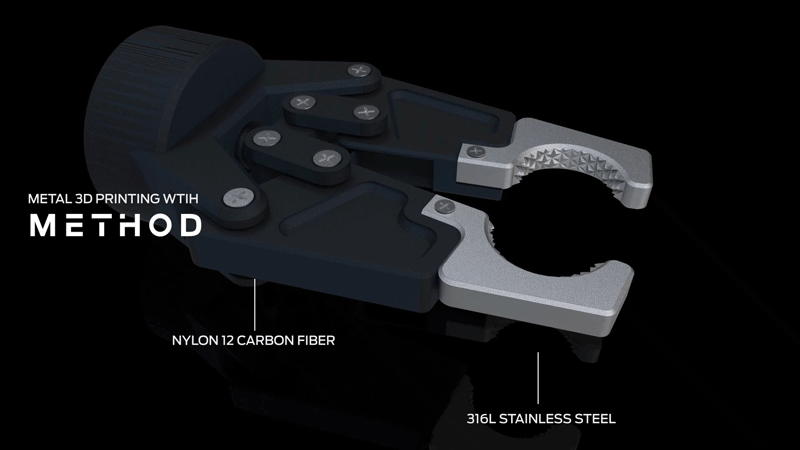
Once the part is printed with BASF Forward AM Ultrafuse® 316L, it can then be sent out to post-processing or specialized manufacturing facilities for debinding and sintering, which turns the part printed with the composite material into solid stainless steel. This process allows users to create stainless steel parts without investing in expensive debinding and sintering equipment. Final parts can achieve up to 96%2 of the density of pure 316L metal material. Users can produce lightweight, hollow metal parts with high tensile strength compared to polymers that would be difficult to produce in other ways.
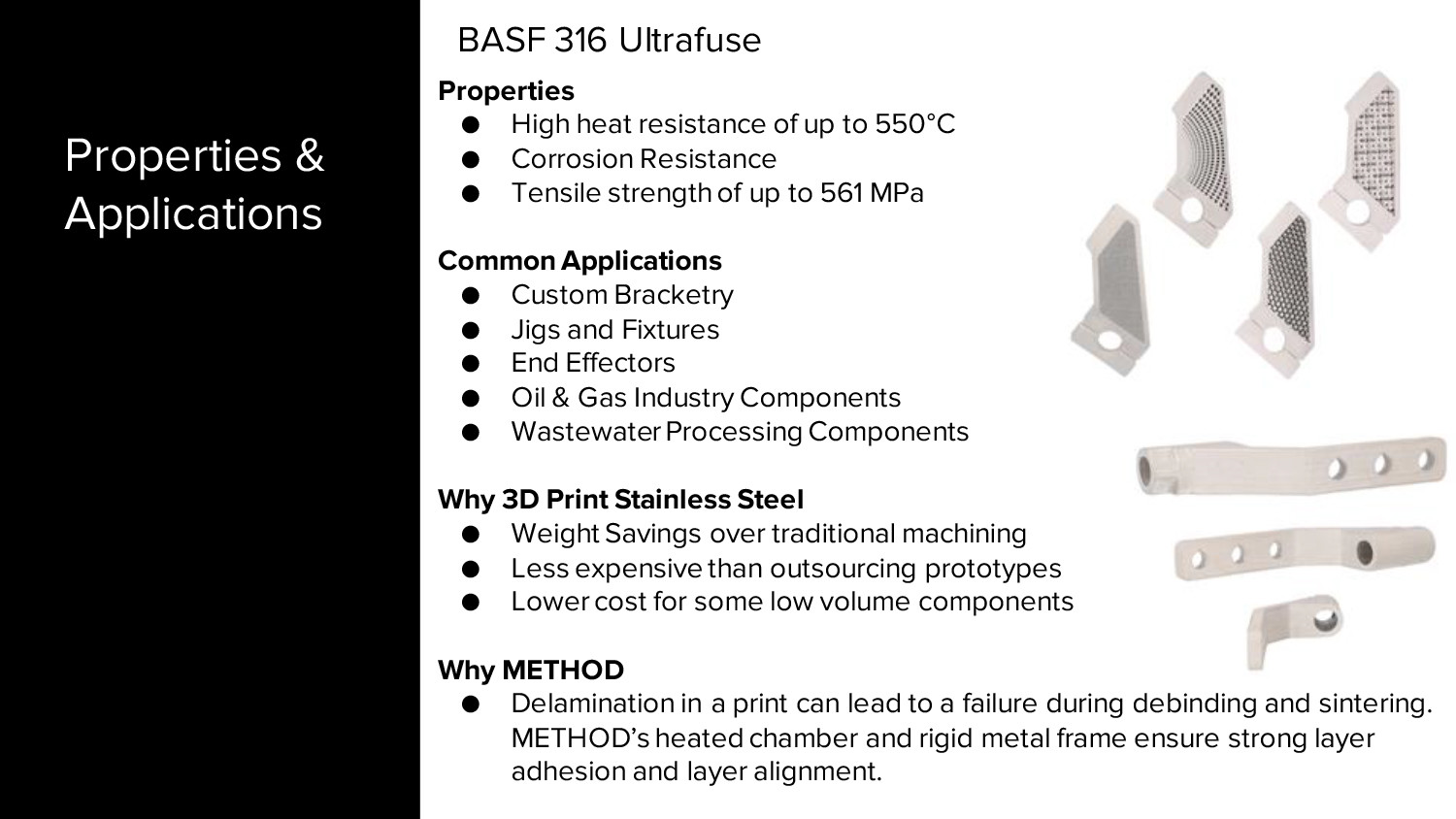
Ultrafuse® 316L material properties make it ideal for a variety of manufacturing tools, jigs and fixtures, and end-use parts, such as workholdings that need to withstand high temperatures; brackets that require high strength and custom designs for specialty machinery; or robotic grippers that need to be strong, lightweight, and wear resistant.
-
Comparing Method models
